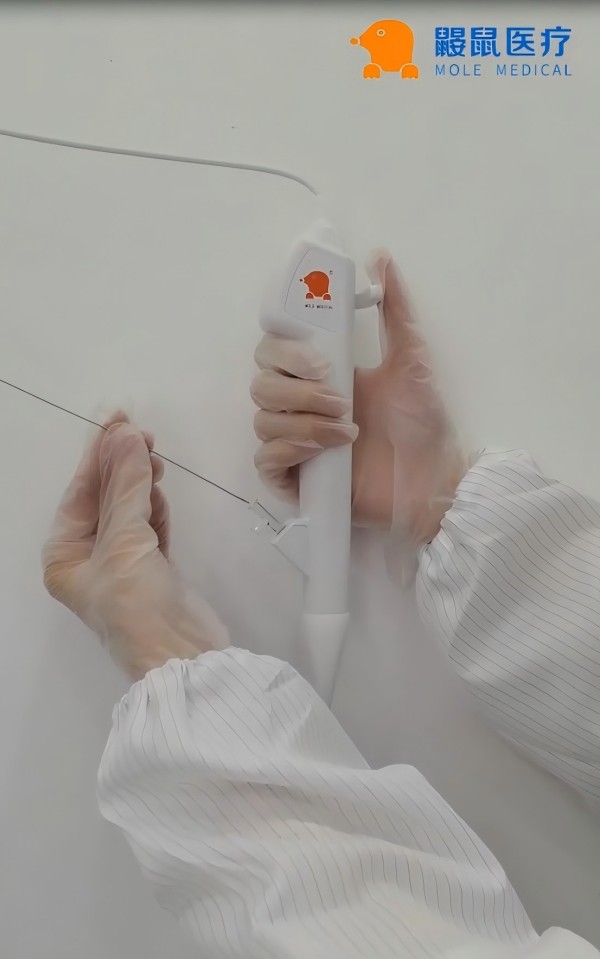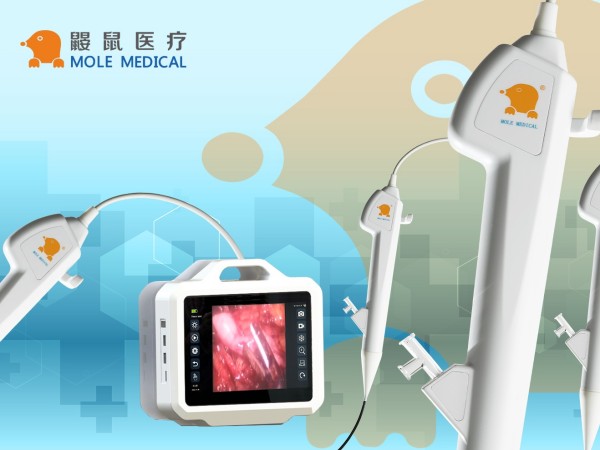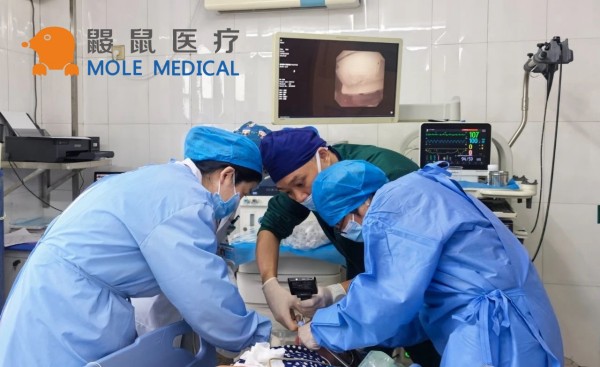How to Use Disposable Ureteroscopes Safely and Efficiently
Sep 15, 2025
In the field of urology, the application of disposable electronic ureteral-kidney pelvis endoscopy catheters is leading the technological innovation in minimally invasive surgeries. According to the 2024 multi-center research data from China’s urology department, among the over 5,000 surgeries included, the patient group using disposable catheters performed significantly better in key indicators such as operation time, infection control, and treatment outcome compared to the traditional equipment group (P < 0.001). This revolutionary change is not only due to its characteristic of eliminating cross-infection, but also lies in the integration of multiple technological innovations. To fully leverage these advantages, it is necessary to establish a standardized operation process and rich clinical experience.
The scientific basis of the preoperative preparation stage has been proven to be of crucial importance in clinical practice. A controlled study involving 2,300 surgeries demonstrated that a thorough preoperative assessment could reduce the intraoperative adjustment time by 28%. This requires the surgical team to strictly follow three core preparations: in terms of equipment, it is necessary to confirm the integrity and sterilization status of the catheter packaging, especially during the 48-hour resolution period after ethylene oxide sterilization; for the imaging system, the focus of the camera and the brightness of the light source need to be tested, and research shows that when the light intensity is≥50,000 lux, image quality can be significantly improved; for patient assessment, it relies on CT urography to precisely locate the anatomical structures, and this technique has been proven in multi-center studies to reduce 31% of intraoperative complications. The standardized three-person surgical team configuration (the surgeon, the instrument nurse, and the anesthesiologist) has been proven to increase the overall surgical efficiency by 35%.

The standardized operation procedures are based on the optimization of a large amount of clinical data. During the pathway establishment stage, the rotational advancement technique reduced the ureteral perforation rate from 3.2% to 0.7%, and this conclusion was derived from the statistical analysis of 1,800 surgeries. The perfusion pressure was controlled at 40 cmH2O or below as a safety threshold based on the research on renal pelvis pressure monitoring. Exceeding this value would significantly increase the risk of postoperative fever (OR = 2.3, 95% CI 1.5 – 3.6). The new type of catheter with a 120° wide-angle field of view design (such as the UR12 model) was proven to increase the stone detection rate to 98.7%. During lesion treatment, the holmium laser lithotripsy (power 0.8 – 1.2 J) through a 3.6 Fr working channel achieved a clearance rate of 93.2% in 3,200 surgeries, which was 14.7 percentage points higher than the traditional method. The intelligent catheter with integrated optical fiber pressure sensing can monitor the pressure within the renal pelvis in real time. The suggestion to suspend operation when > 30 mmHg was derived from the safety analysis of 800 surgeries.
The treatment strategies for special cases are also based on evidence-based medical evidence. For patients with ureteral stenosis, a scheme involving ultra-thin catheters with an outer diameter of ≤ 6.3 Fr and pre-dilation with a double-J tube 2 weeks before the operation was implemented in 1,200 complex cases, achieving a 89.5% success rate in surgeries. When there is active bleeding, using a 50-80 mmHg pulse irrigation can maintain an effective field of vision. This parameter was verified in 450 cases of bleeding. For pediatric patients, the operation time (less than 20 minutes) and the infusion volume (10 ml/kg) need to be strictly limited, and this standard comes from a safety assessment of 600 pediatric surgeries.
The quantitative comparison of clinical effects is more persuasive. The data from multi-center studies show that the average operation time of the one-time catheter group (28.6 ± 8.3 minutes) was shortened by 36.7% compared to the traditional group (45.2 ± 12.7 minutes), with the infection rate dropping from 4.1% to 0.3%, and the stone clearance rate increasing to 93.2%. All these differences were statistically significant (P < 0.001). What is more noteworthy is that during the 2-year follow-up period, the reoperation rate of patients in the one-time catheter group decreased by 62% (HR = 0.38, 95% CI 0.25 – 0.57).

Finally, it is essential to emphasize that regardless of how advanced the technology becomes, proper operation procedures and clinical experience remain the fundamental pillars for the success of surgeries. For urologists, a thorough understanding of the technical features of the disposable electronic ureteral-kidney pelvis endoscope catheter, and strict adherence to the operation protocols based on large-sample studies, are necessary to provide the best treatment options for patients.
Categories
Latest Articles

Disposable Nephroscopes: Redefining Safety & Efficiency in Urology
Introduction The shift towards minimally invasive urological surgery has found a pivotal ally: the disposable nephroscope. As traditional reusable scopes grapple with persistent biofilm contamination risks and soaring sterilization costs, the global medical community is rapidly adopting single-use solutions. This article analyzes the clinical value, technological evolution, and dynamic innovation landscape driving this transformative shift. ... Read more

Disposable Video Laryngoscope Blades: The Ultimate Solution for Preventing Cross-Contamination
In the operating room, as the cold light of a video laryngoscope illuminates a patient’s airway, an age-old medical challenge is being redefined: How can life-saving instruments avoid becoming vectors of infection? Jiangsu MoleMedical drives an innovative safety revolution—replacing reusable devices with single-use, sterile laryngoscope blades that create a pure barrier for critical airways. Traditional video ... Read more
-2.jpg)
FDA & CE Approved Video Laryngoscope: What Makes It Stand Out?
Introduction In high-pressure emergencies and precision-driven operating rooms, video laryngoscopy is revolutionizing airway management. Mole Medical’s FDA and CE-certified technology replaces tactile-dependent “blind intubation” with real-time visual navigation – enhancing safety, accuracy, and clinical outcomes worldwide. Why Certification Matters Mole Medical’s dual certifications validate its global compliance and performance: FDA Clearance: Rigorous validation of safety/efficacy ... Read more

Mole Medical Showcases Advanced Endoscopy Solutions at CMEF Autumn 2025, Driving Global Partnerships
Guangzhou, China – September 26-29, 2025 – The 92nd China International Medical Equipment Fair (CMEF Autumn) concluded successfully on September 29th at the Canton Fair Complex in Guangzhou. Mole Medical Technology Co., Ltd. (Mole Medical) made a significant impact at the event, drawing global medical professionals and partners to its booth (Hall 2.1, Stand Q24) ... Read more

How to Use Disposable Ureteroscopes Safely and Efficiently
In the field of urology, the application of disposable electronic ureteral-kidney pelvis endoscopy catheters is leading the technological innovation in minimally invasive surgeries. According to the 2024 multi-center research data from China’s urology department, among the over 5,000 surgeries included, the patient group using disposable catheters performed significantly better in key indicators such as operation ... Read more



